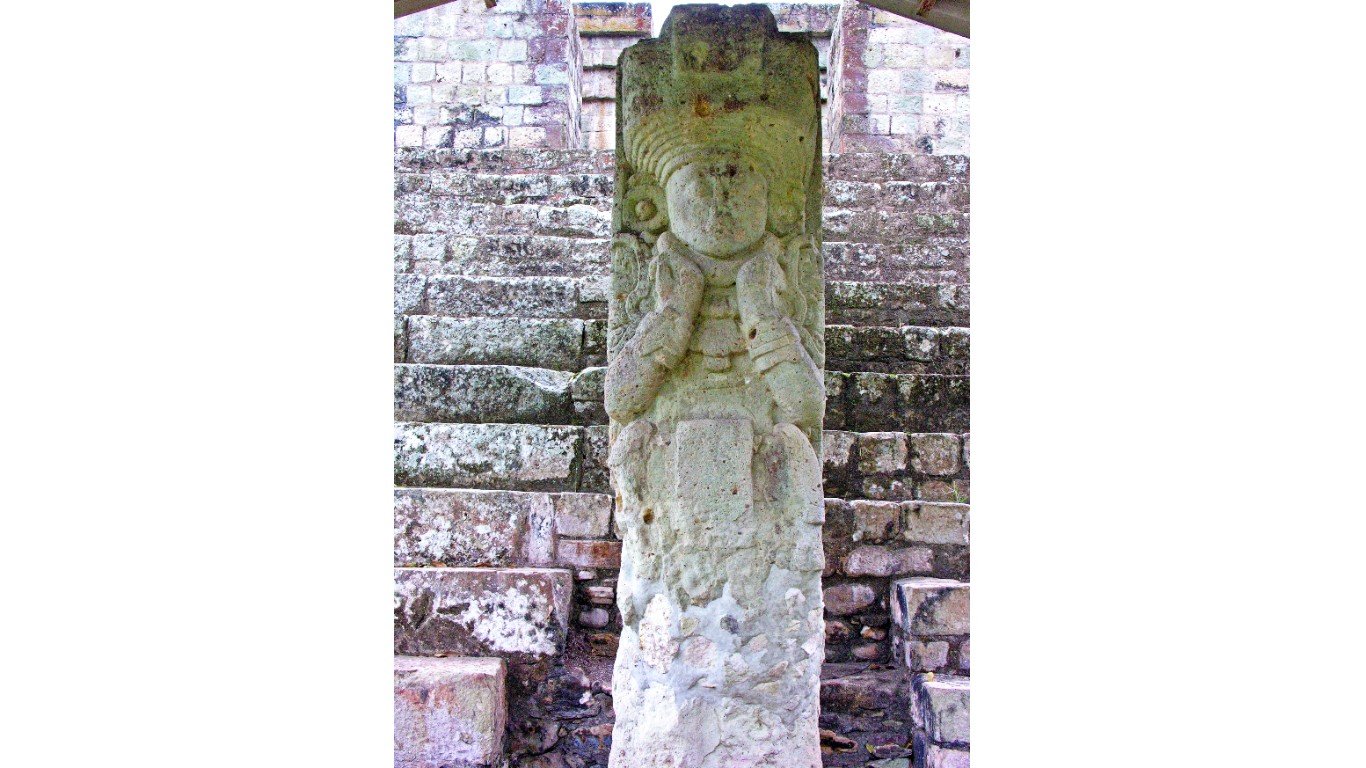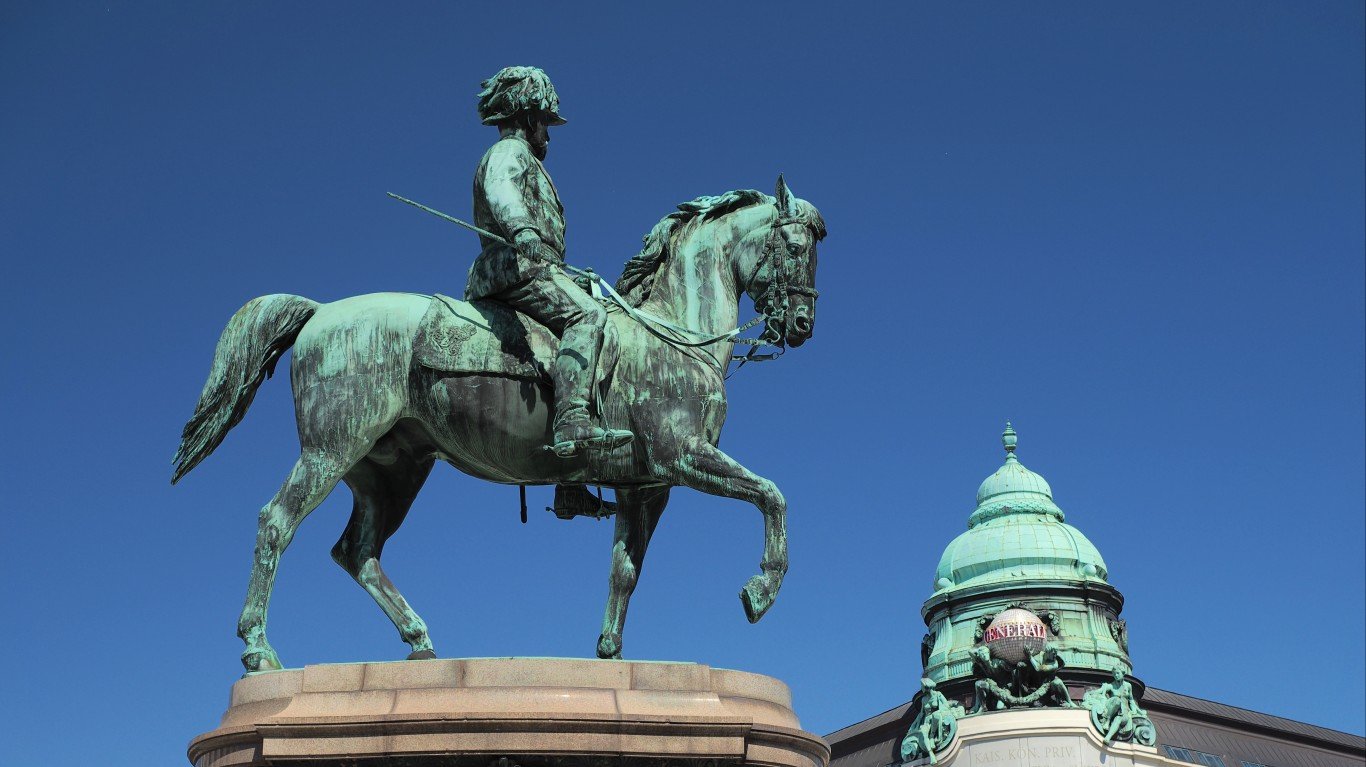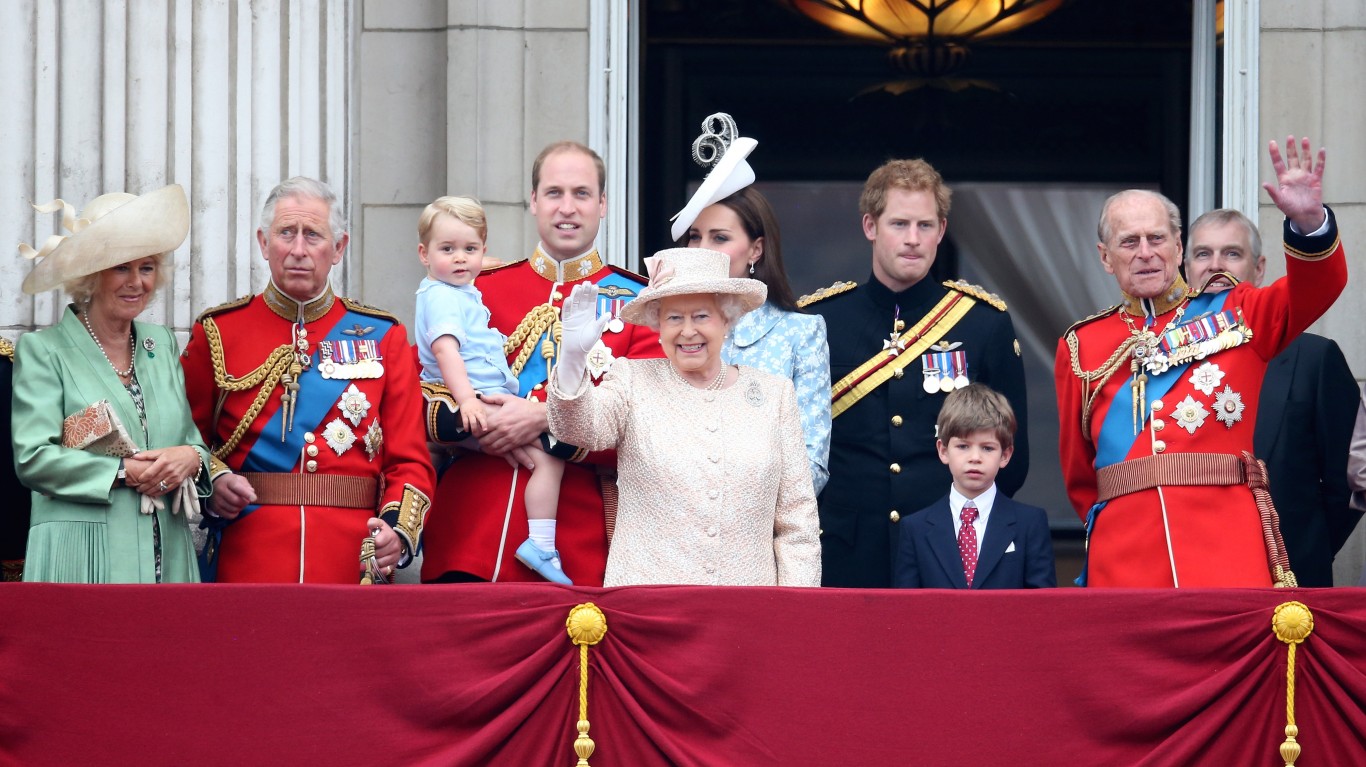

The passing of Queen Elizabeth II las September was the end of an era in Great Britain. When she ascended the throne in 1952, the sun had yet to set on the Union Jack, with British colonies and possessions on every continent of the globe. By the time she died, only a few islands in the Atlantic, Pacific, and Caribbean remained British possessions. (These were the most important events in the life of Queen Elizabeth in every year of her reign.)
Her first son, Charles, ascended to the throne and officially became King Charles III at age 73. And now he is going to be crowned King. Today’s coronation is a symbolic high point of the accession.
A lot has happened over her 70-year reign, the second-longest reign of any monarch in history. There have been other heads of state who defied Father Time, societal changes, revolutions, and even assassination attempts to rule for nearly 60 years and more. To compile a list of the longest-reigning rulers, 24/7 Tempo used reference material from sources such as Britannica.com, History.com, Biography.com, and Encyclopedia.com.
If there is one thing subjects of long-reigning rulers can count on is continuity and constancy. Queen Elizabeth made frequent appearances in the media, and her image has graced the currency of a record 33 separate Commonwealth nations.
Among the hallmarks of long reigns of those who ruled empires is expansion of borders, constant wars, and consolidation of power. Under the Manchu rulers on our list, China expanded to the west and north. And during his nearly 60-year reign, France under Louis XV fought many wars that drained the nation’s treasury. His great-grandfather, Louis XIV, is synonymous with absolute monarchical power, claimed to have been bestowed by God. He was known as the Sun King around whom the realm orbited.
Although Great Britain’s expanse reached its height during the reign of Queen Victoria, her tenure was mostly remembered for the Pax Britannica, or period of relative peace in Europe through most of the 19th century. Between Victoria and Elizabeth II, the two ruled for a total of 133 years. (These are the most famous female rulers in history.)
Click here to see 20 longest-reigning monarchs in history
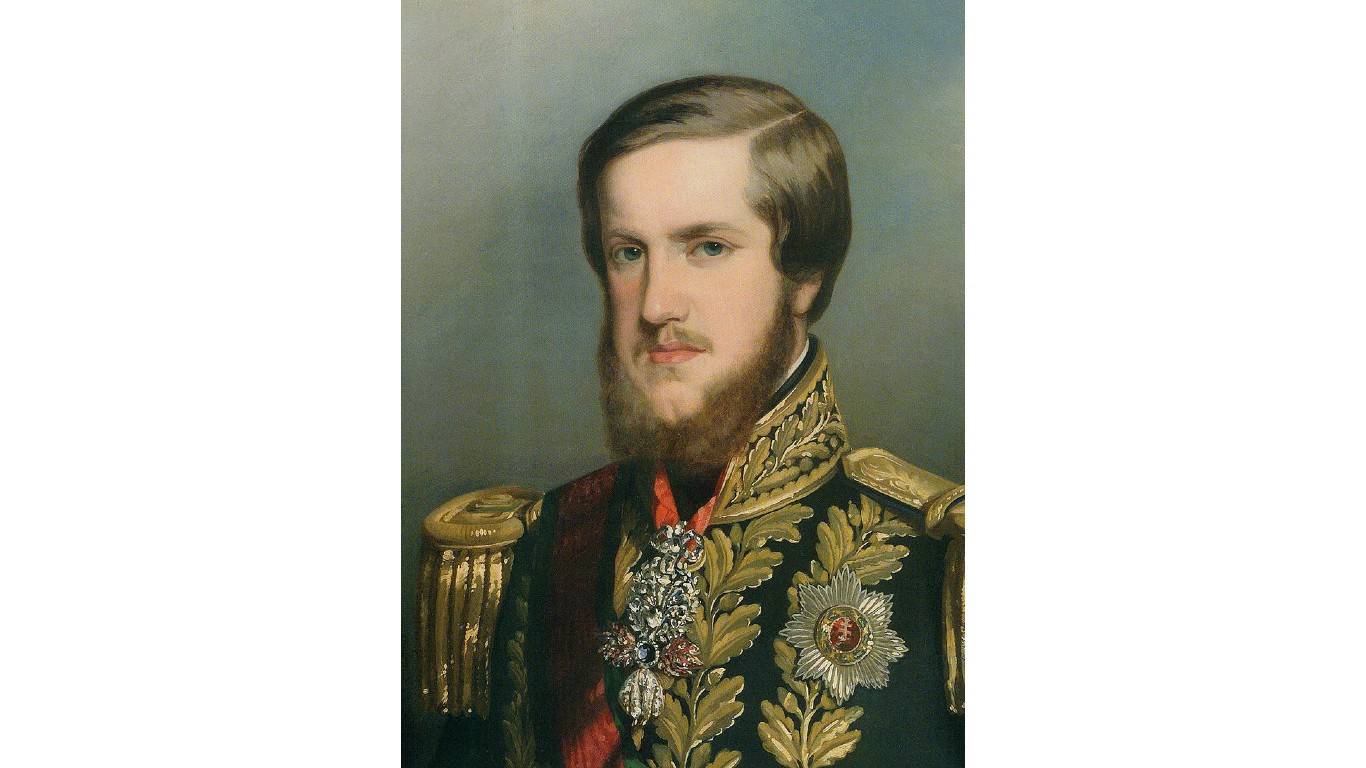
20. Pedro II
> Country: Brazil
> Time on the throne: 58 years, 222 days
> Start of reign: April 7, 1831
> End of reign: Nov. 15, 1889
Emperor Pedro II was the first monarch born in Brazil and the second and last emperor of the largest nation in South America. His reign was plagued by competing political interests, and Pedro was regarded as a reasonable arbiter of disputes. By keeping Great Britain and the United States out of Brazil’s domestic affairs, Pedro was popular among his subjects.
[in-text-ad]
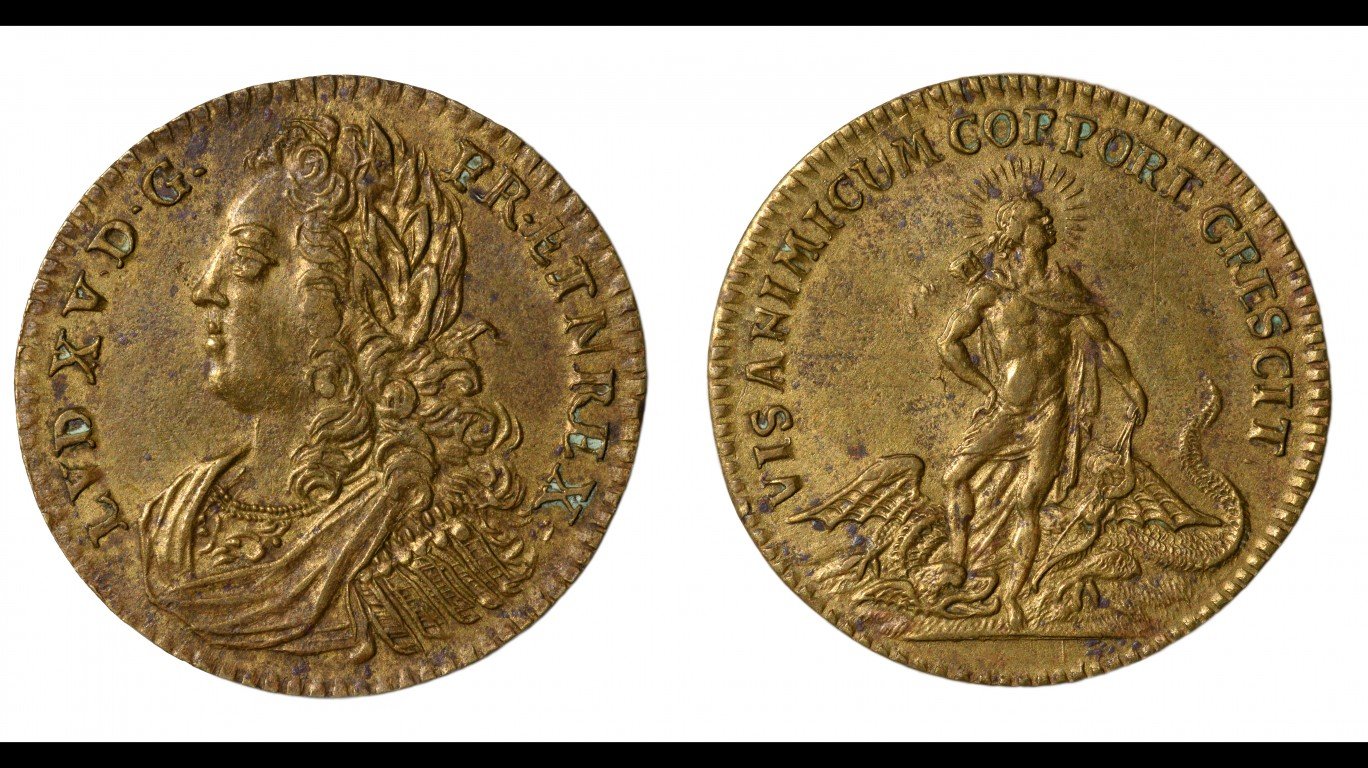
19. Louis XV
> Country: France
> Time on the throne: 58 years, 251 days
> Start of reign: Sept. 1, 1715
> End of reign: May 10, 1774
King Louis XV, descended from the famed Sun King Louis XIV, shared his great-grandfather’s longevity, ruling for almost 59 years. Though he was initially admired and popular with his subjects, his reign was marked by decline in French power in North America, as France lost a financially ruinous war with Great Britain fought from 1756 to 1763. Reforms efforts at home failed and led to the French Revolution in 1789.
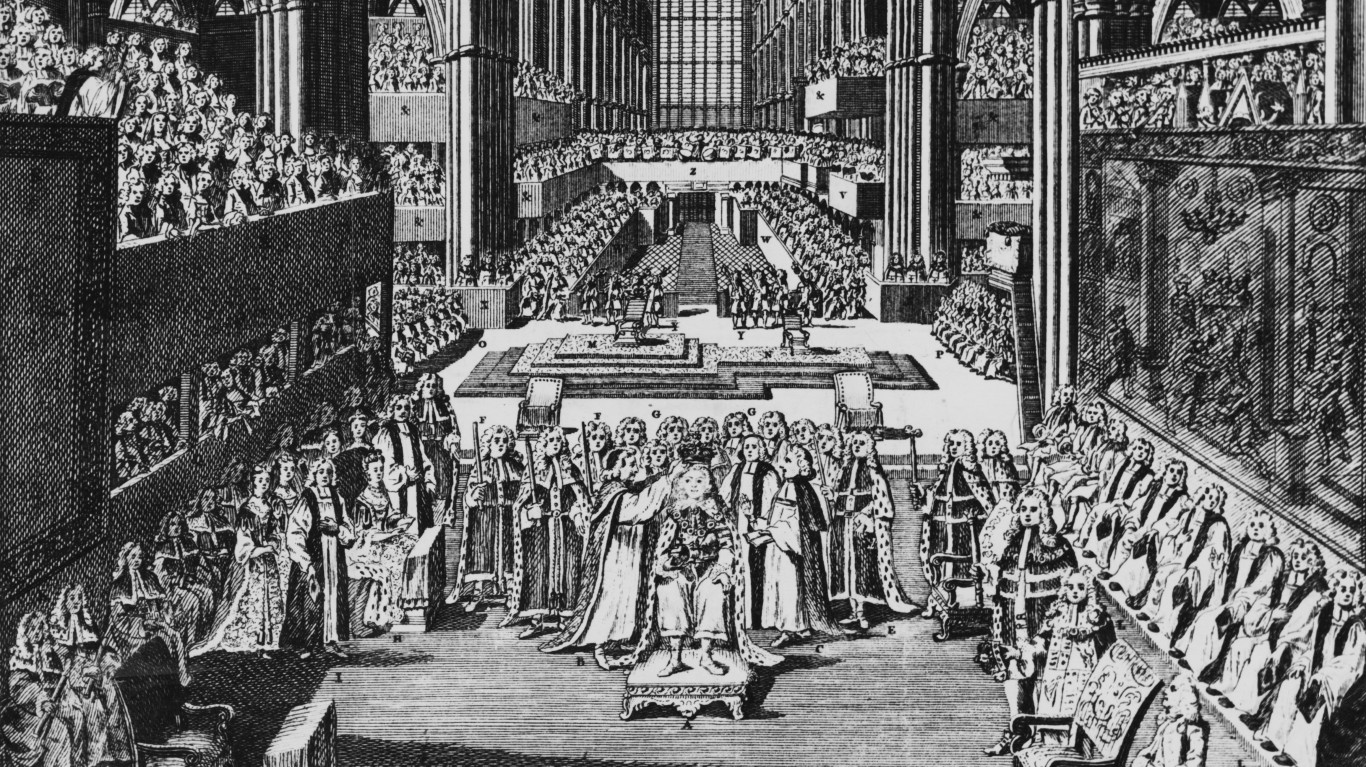
18. George III
> Country: United Kingdom and Ireland
> Time on the throne: 59 years, 96 days
> Start of reign: Oct. 25, 1760
> End of reign: Jan. 29, 1820
George III, from the House of Hanover, was the longest-serving male monarch in British history. His reign coincided with a consequential period in British history. Great Britain extended its empire by virtue of winning the Seven Years’ War from 1756 to 1763, but it lost its American colonies a decade later. The defeat of Napoleonic France led to a period of relative peace called Pax Britannica and made Great Britain the world’s leading power.
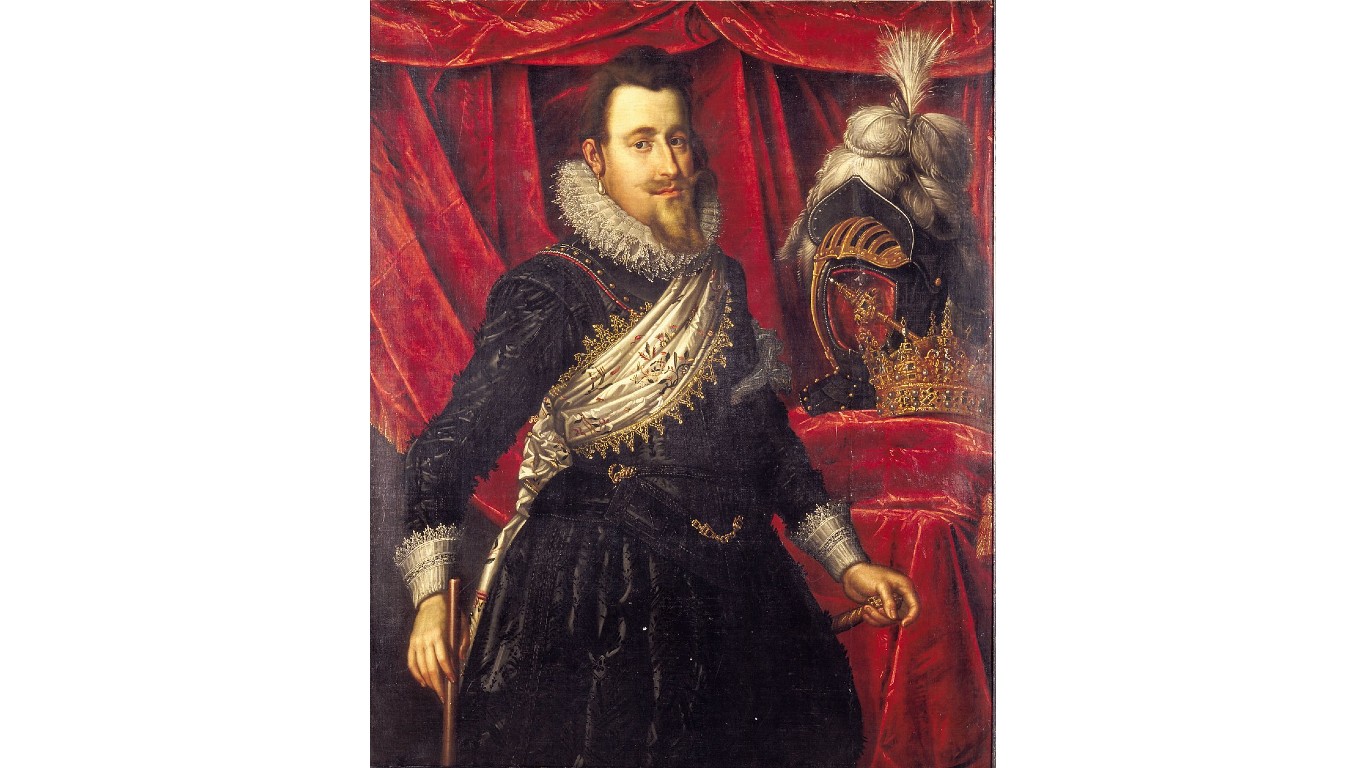
17. Christian IV
> Country: Denmark-Norway
> Time on the throne: 59 years, 330 days
> Start of reign: April 4, 1588
> End of reign: Feb. 28, 1648
Christian IV ascended the throne at age 11 and was the longest-reigning monarch in Danish history. Despite a reputation for personal overindulgence, Christian understood the importance of sound financial policy as it related to political independence. This helped make him one of the most powerful rulers in 17th-century Europe. His fortune turned to misfortune during the religious wars in Europe in the 17th century, culminating in a disastrous defeat in the Thirty Years’ War.
[in-text-ad-2]
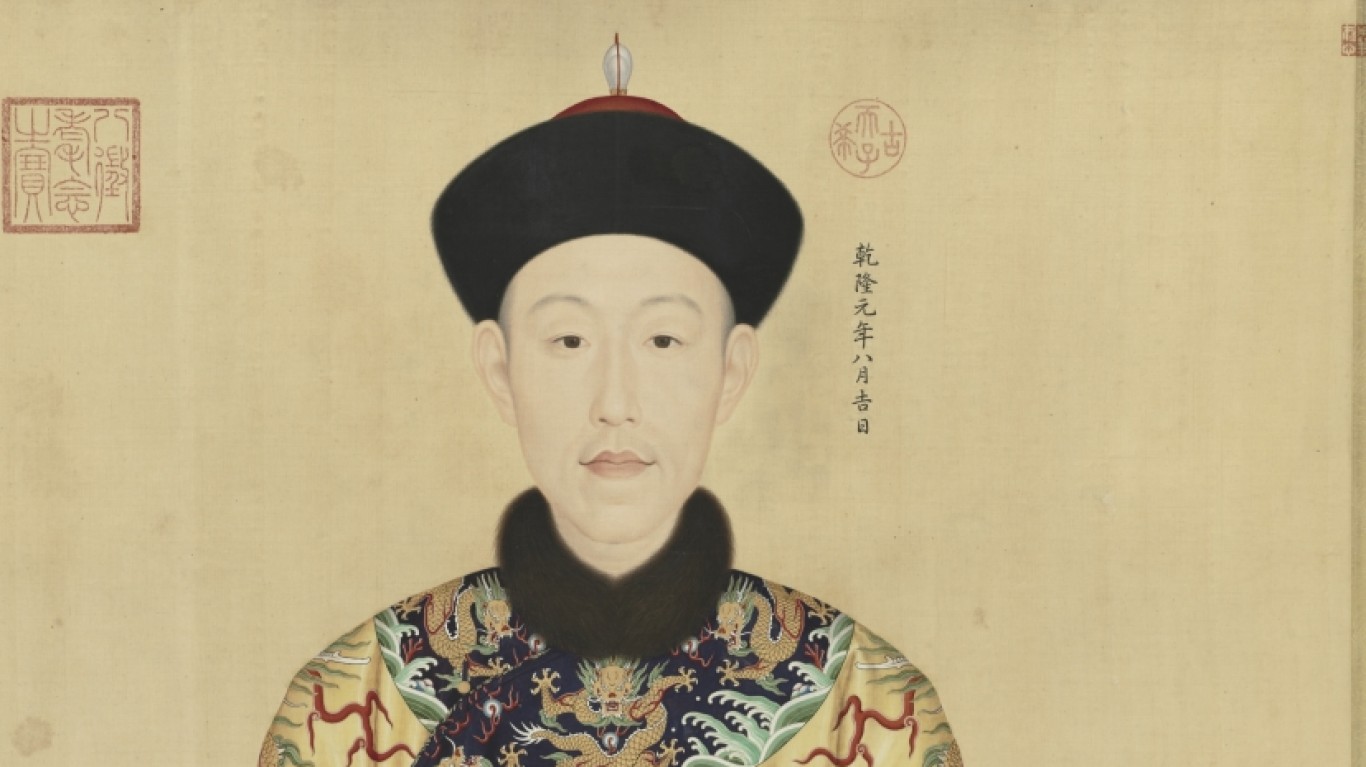
16. Qianlong
> Country: China
> Time on the throne: 60 years, 114 days
> Start of reign: Oct. 18, 1735
> End of reign: Feb. 9, 1796
The reign of Qianlong, emperor in the Manchu dynasty, was marked by dramatic expansion of China with campaigns also aimed at eliminating the Turkish and Mongolian threat. Qianlong was famous for supporting the compilation of Chinese classical literature and the arts, and he himself practiced calligraphy and painting. Numerous military ventures led to financial difficulties, and decades of bad management and corruption toward the end of his reign weakened the empire.
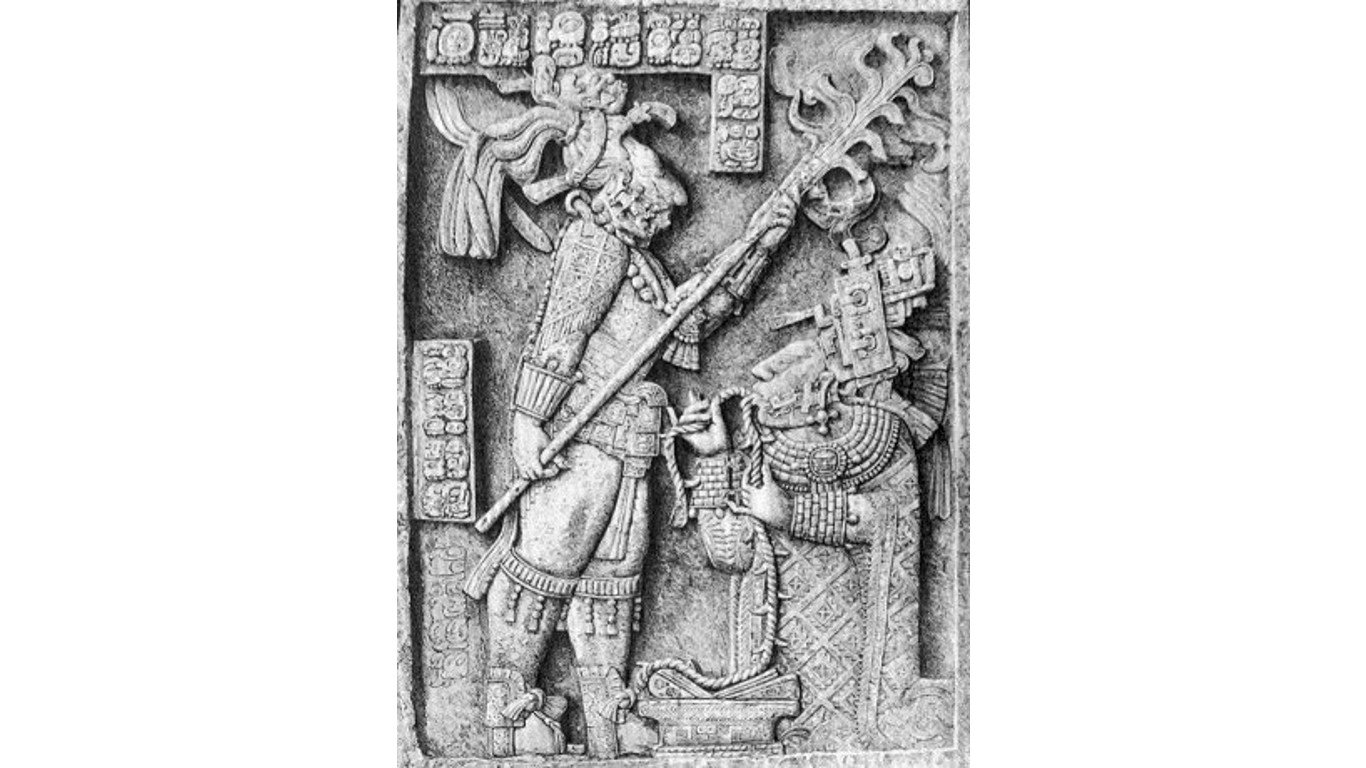
15. Itzamnaaj Bahlam III
> Country: Yaxchilan (modern day Chiapas, Mexico)
> Time on the throne: 60 years, 235 days
> Start of reign: Oct. 23, 681
> End of reign: June 15, 742
Itzamnaaj Bahlam III was a Mayan king of the city of Yaxchilan in pre-Columbian Mexico. He assumed power in 681 and ruled for more than 60 years. He died at age 94 or 95. He was still leading troops into battle in his 80s. He is known for commissioning the construction of buildings that can still be seen at Yaxchilan.
[in-text-ad]

14. Honoré III
> Country: Monaco
> Time on the throne: 61 years, 21 days
> Start of reign: Dec. 29, 1731
> End of reign: Jan. 19, 1793
Honoré III came to the throne at 13 years of age after his father, Prince Jacques I, abdicated. During his reign, he improved trade and undertook reforms such as repealing the law that the sovereign would receive the inheritance of anyone who died on his property. Honoré III lost his title when the French republic, in the wake of the revolution, ended royal titles and absorbed Monaco.
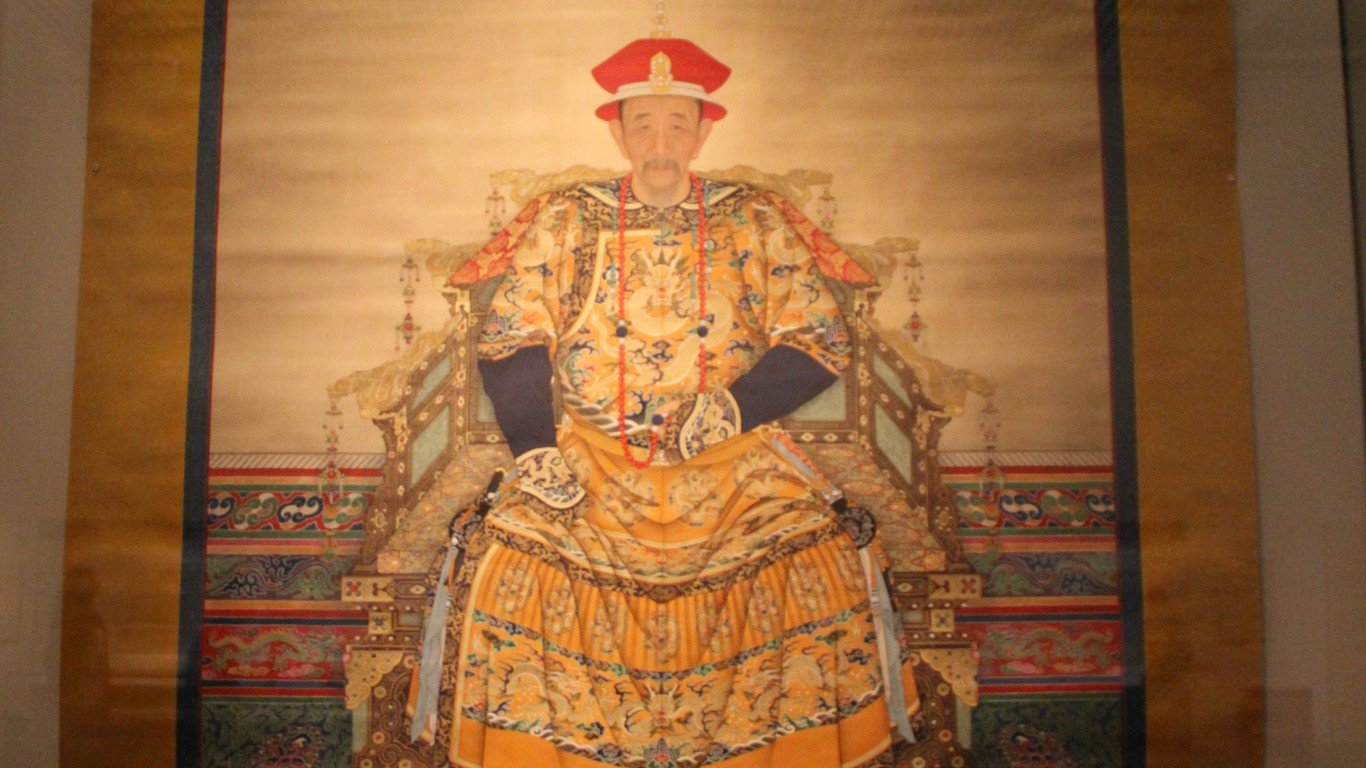
13. Kangxi
> Country: China
> Time on the throne: 61 years, 318 days
> Start of reign: Feb. 5, 1661
> End of reign: Dec. 20, 1722
Kangxi was a Manchu dynasty emperor who expanded the Chinese empire north of the Amur River and Outer Mongolia and imposed Chinese hegemony over Tibet. He also consolidated power by winning the Revolt of the Three Feudatories, demonstrating strategic skills. Kangxi was an outward-looking monarch who opened four ports to foreign trade and allowed the introduction of Western education and arts and Roman Catholicism in China.
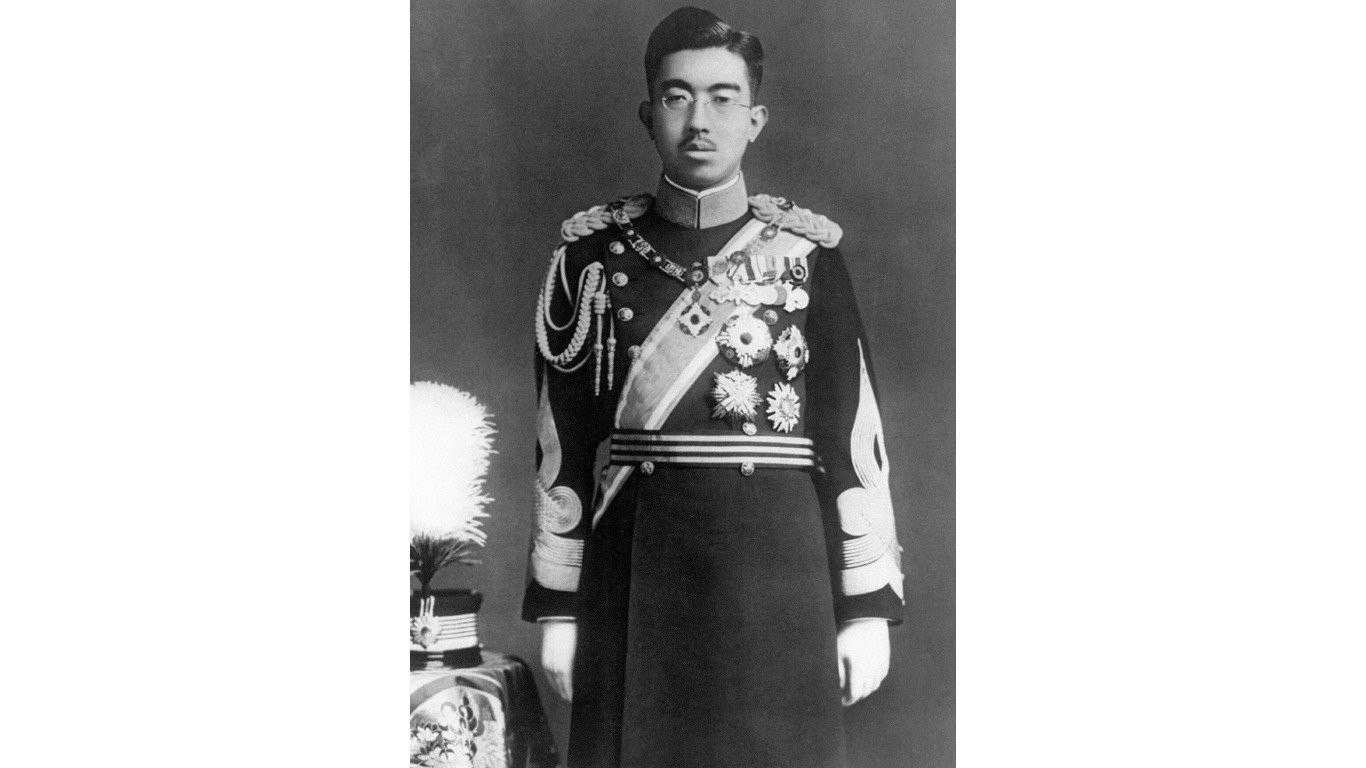
12. Emperor Shōwa (Hirohito)
> Country: Japan
> Time on the throne: 62 years, 13 days
> Start of reign: Dec. 25, 1926
> End of reign: Jan. 7, 1989
Hirohito was the longest-reigning Japanese emperor and the head of state during World War II. He was at first perceived to be a powerless constitutional monarch who played no role in Japan’s wartime ambitions, but access to Japanese documents in recent years has convinced some historians that he was involved in wartime decisions. The emperor was revered as an almost god-like figure in Japan, and when he broadcast Japan’s surrender on the radio, it was the first time the nation had heard him speak.
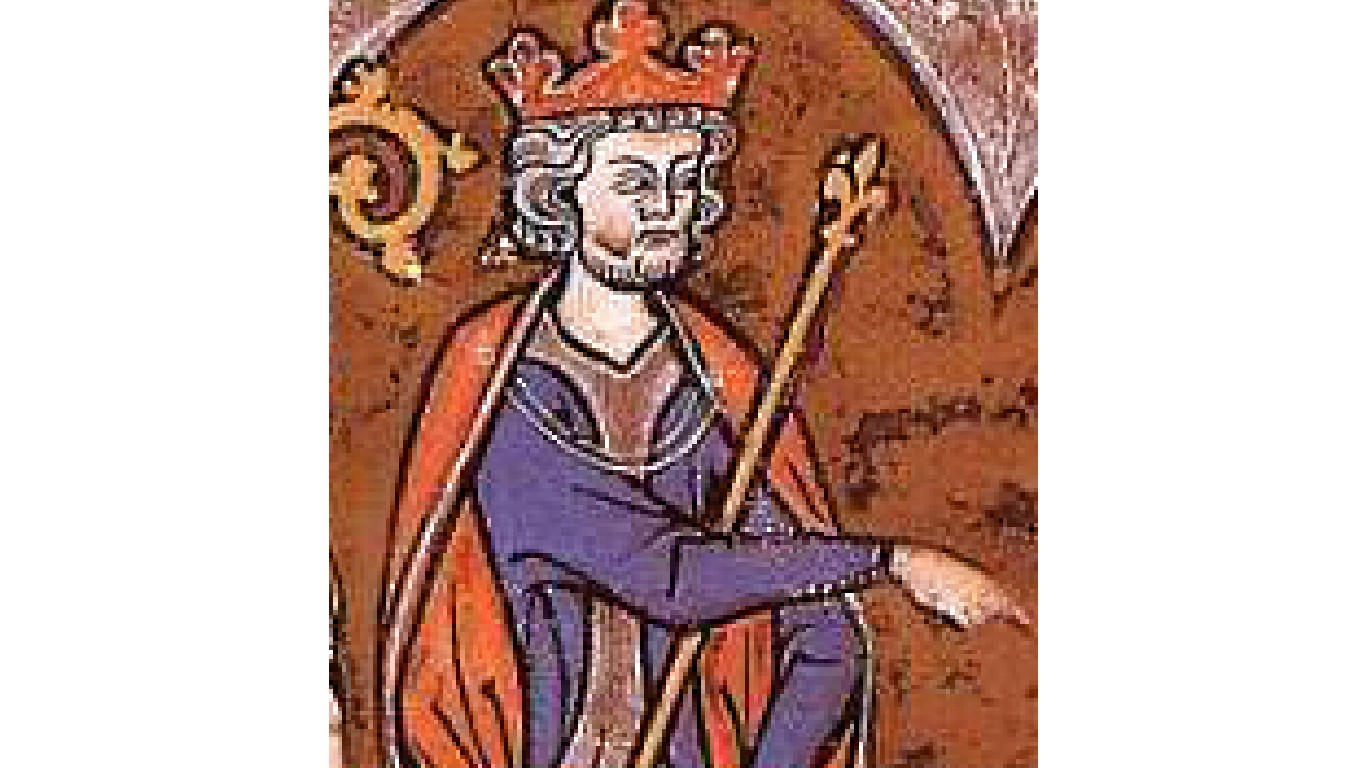
11. James I
> Country: Aragon
> Time on the throne: 62 years, 319 days
> Start of reign: Sept. 12, 1213
> End of reign: July 27, 1276
James I was a courageous soldier and was known for his leadership qualities that included helming a crusade to the Middle East. In 1227, he conquered the Balearic Islands, an archipelago off the eastern coast of Spain. This would be crucial to securing future Spanish trade interests as well as defending the Spanish coast.
[in-text-ad-2]
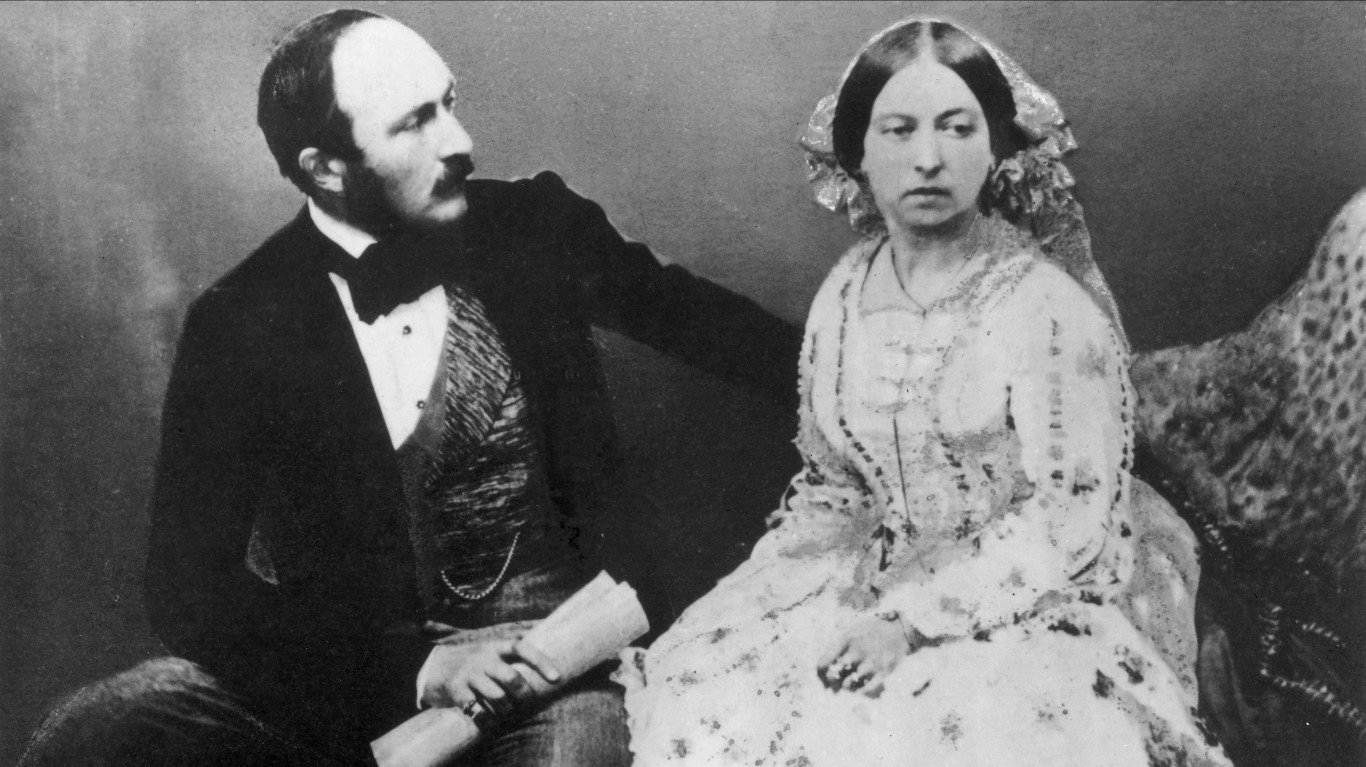
10. Victoria
> Country: United Kingdom
> Time on the throne: 63 years, 216 days
> Start of reign: June 20, 1837
> End of reign: Jan. 22, 1901
Victoria was Great Britain’s longest-serving sovereign until Queen Elizabeth II. It was during her reign that the British Empire reached its zenith, with colonies and possessions on every continent on Earth. Great Britain oversaw the Pax Britannica, a period without major wars in which its navy dominated the seas. Indeed, such was the influence of her reign that her name is affixed to a particular era in world history.
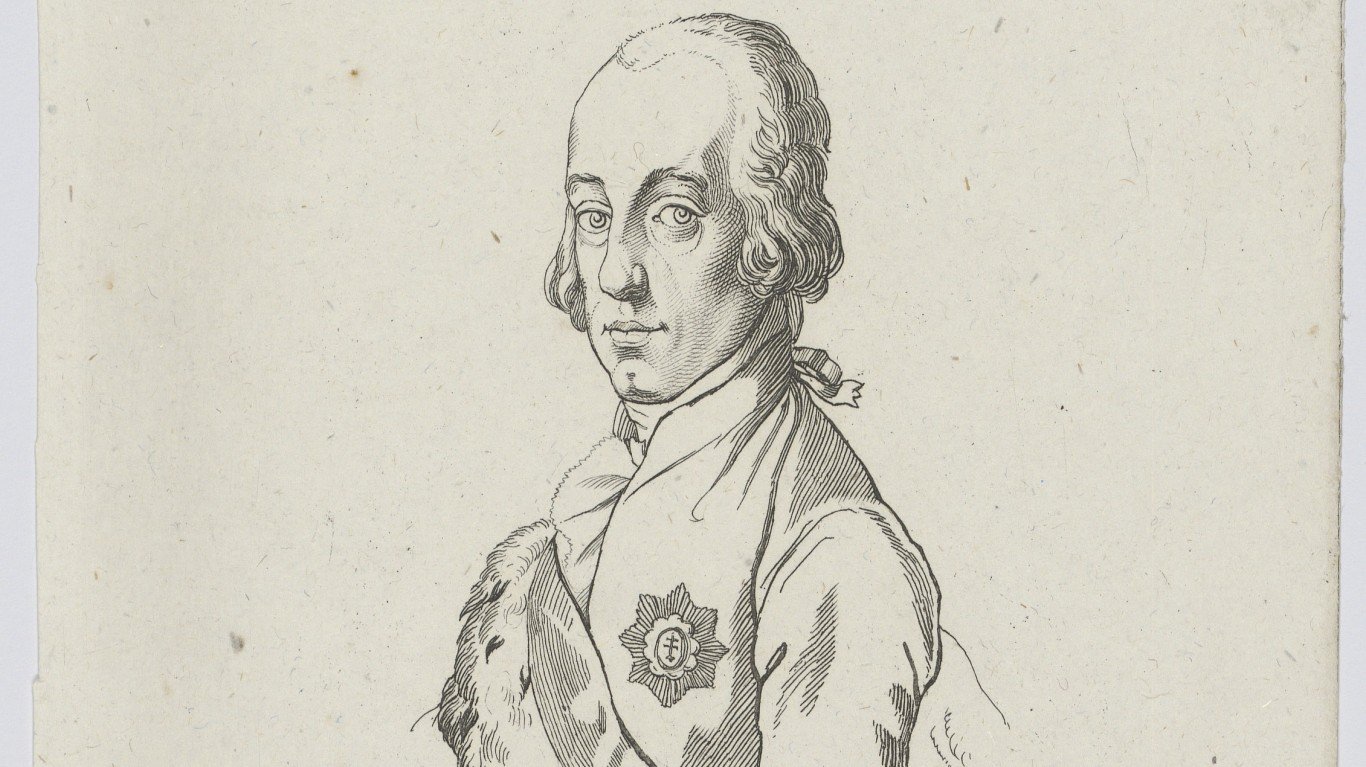
9. Ferdinand II
> Country: Sicily
> Time on the throne: 65 years, 90 days
> Start of reign: Oct. 6, 1759
> End of reign: Jan. 4, 1825
Ferdinand III of Sicily was also Ferdinand IV of Naples. He was deposed from the throne of Naples on two separate occasions – once during the revolutionary war of 1799 and once by Napoleon Bonaparte in 1806. After the fall of Napoleon, Ferdinand unified the two kingdoms of Sicily and Naples in 1816 and renamed himself Ferdinand I of the Two Sicilies.
[in-text-ad]
8. Chan Imix Kʼawiil
> Country: Copán (modern day Honduras)
> Time on the throne: 67 years, 130 days
> Start of reign: Feb. 8, 628
> End of reign: June 18, 695
Little is known of Chan Imix Kʼawiil, who is believed to be the longest-reigning ruler of Copán, which is today’s Honduras. Not much is known about his activities in the first 26 years of his rule, but after that, there was a spike in the construction of monuments or inscribed stones called stelae, possibly indicating an assertion of power on his part.
7. Franz Joseph I
> Country: Austria and then Austria-Hungary
> Time on the throne: 67 years, 355 days
> Start of reign: Dec. 2, 1848
> End of reign: Nov. 21, 1916
Franz Joseph I, emperor of Austria-Hungary, was the face of European monarchy for most of the 19th century and the first part of the 20th century. At the time of his ascension to power, his nation was the leader of German-speaking countries in Europe. That ended in 1866, when Prussia defeated Austria in the Seven Weeks’ War. As leader of a multi-ethnic empire, Franz Joseph begrudgingly allowed more autonomy for Hungary and other ethnic groups. But the empire was in decline and unprepared for war when the emperor’s heir apparent, Franz Ferdinand, was assassinated in Sarajevo, setting off the chain of events that led to World War I.
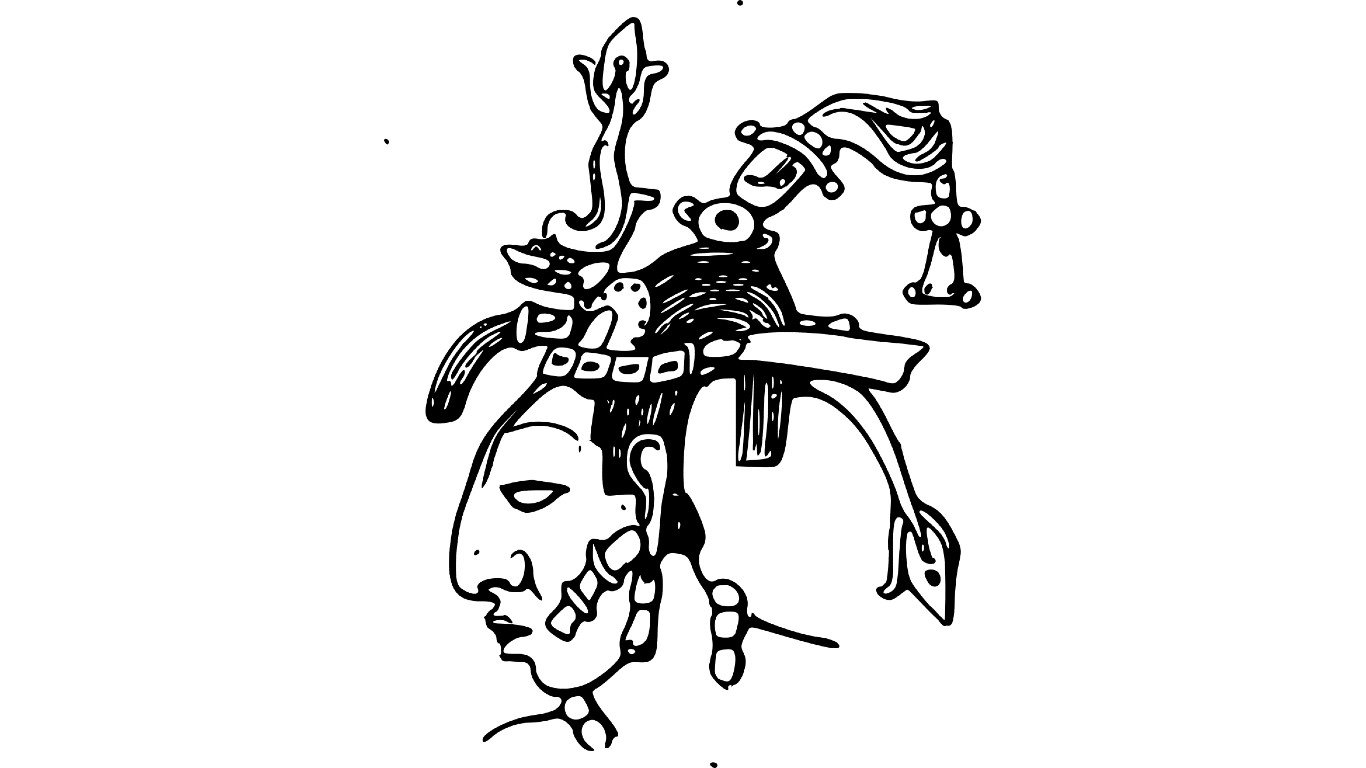
6. Kʼinich Janaabʼ Pakal I
> Country: Palenque (modern day Maya city in southern Mexico)
> Time on the throne: 68 years, 33 days
> Start of reign: July 27, 615
> End of reign: Aug. 29, 683
Kʼinich Janaabʼ Pakal I was Mayan king of Palenque, where the modern-day state of Chiapas in Mexico is located. He was a prolific builder who constructed Palenque into one of the biggest cities in Mesoamerica, containing massive temples shaped like pyramids with elaborate carved inscriptions. The ruins of parts of the city are visible today, and much of it remains un-excavated in the surrounding jungle.
Franz Joseph I, emperor of Austria-Hungary, was the face of European monarchy for most of the 19th century and the first part of the 20th century. At the time of his ascension to power, his nation was the leader of German-speaking countries in Europe. That ended in 1866, when Prussia defeated Austria in the Seven Weeks’ War. As leader of a multi-ethnic empire, Franz Joseph begrudgingly allowed more autonomy for Hungary and other ethnic groups. But the empire was in decline and unprepared for war when the emperor’s heir apparent, Franz Ferdinand, was assassinated in Sarajevo, setting off the chain of events that led to World War I.

5. Sultan Muhammad Jiwa Zainal Adilin II
> Country: Kedah (modern day Malaysia)
> Time on the throne: 68 years, 220 days
> Start of reign: Feb. 15, 1710
> End of reign: Sept. 23, 1778
Sultan Muhammad Jiwa Zainal Adilin II is known as the founder of Alor Setar, the state capital of Kedah, Malaysia. He was the longest-reigning sovereign monarch in Malaysian history. Much of his reign was spent fending off the influence of Burma and invasions from Siam (Thailand).
[in-text-ad-2]

4. Johann II
> Country: Liechtenstein
> Time on the throne: 70 years, 91 days
> Start of reign: Nov. 12, 1858
> End of reign: Feb. 11, 1929
Johann II, also called Johann II the Good because of his benevolence, is known as the person who introduced Liechtenstein’s first constitution. In 1921, after World War I, he signed a new constitution, turning the principality into a constitutional monarchy with the people having political rights. Though he reigned for seven decades, he was very shy and was only rarely seen in public.

3. Bhumibol Adulyadej (Rama IX)
> Country: Thailand
> Time on the throne: 70 years, 126 days
> Start of reign: June 9, 1946
> End of reign: Oct. 13, 2016
Thailand’s late King Bhumibol Adulyadej is remembered as a leader who, during his 70 years on the throne, led his country in a humane approach, raising its profile on an international level. Locals often referred to him as the Father for his kindness. He often served as a mediator during times of political dispute.
[in-text-ad]
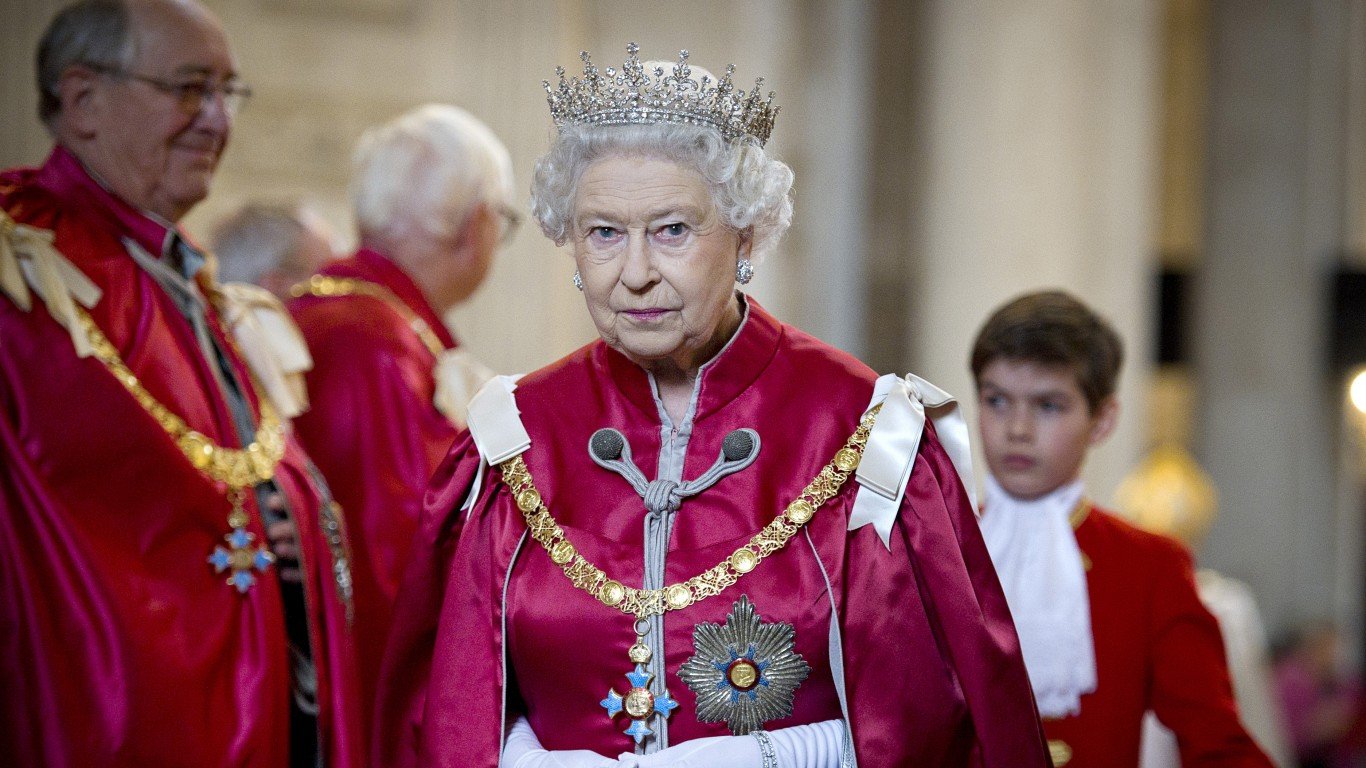
2. Elizabeth II
> Country: United Kingdom and 14 others
> Time on the throne: 70 years, 214 days
> Start of reign: Feb. 6, 1952
> End of reign: Sept. 8, 2022
Queen Elizabeth II is the longest-reigning monarch in British history. Born in 1926, she took the throne in 1952, at the age of 25. During her reign, the United Kingdom underwent drastic changes, including the decline of the British Empire (the handover of Hong Kong to China in 1997 effectively marked the end of the empire), “The Troubles” in Northern Ireland, and the nation first entering and then leaving the European Union.
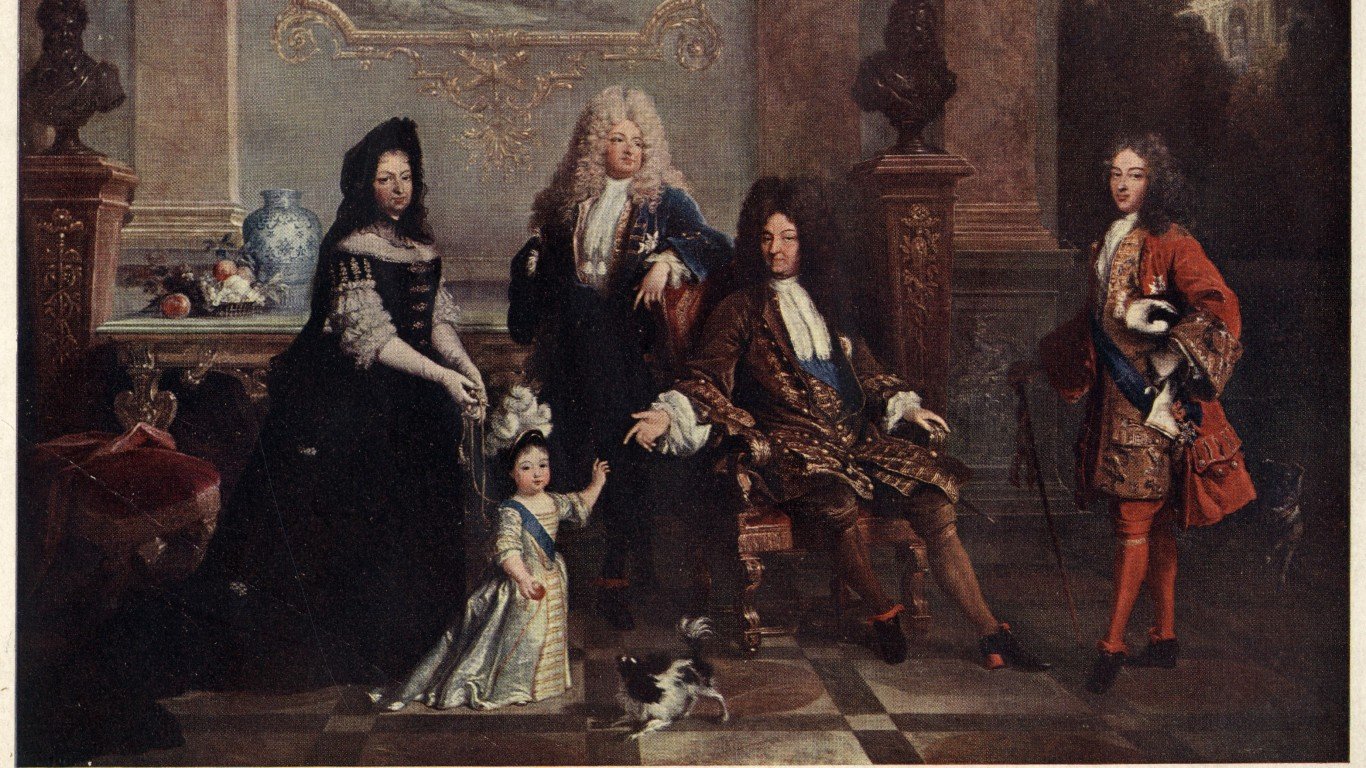
1. Louis XIV
> Country: France
> Time on the throne: 72 years, 110 days
> Start of reign: May 14, 1643
> End of reign: Sept. 1, 1715
The longest-reigning monarch in history is France’s King Louis XIV, known as the Sun King. He ruled the country during one of its most prosperous periods. He inherited the throne from his father, King Louis XIII, at age 4. Louis XIV is most famous for extending France’s borders, building the Palace of Versailles, and laying the foundations for an absolute monarchy.
[in-text-ad-2]
Sponsored: Want to Retire Early? Here’s a Great First Step
Want retirement to come a few years earlier than you’d planned? Or are you ready to retire now, but want an extra set of eyes on your finances?
Now you can speak with up to 3 financial experts in your area for FREE. By simply clicking here you can begin to match with financial professionals who can help you build your plan to retire early. And the best part? The first conversation with them is free.
Click here to match with up to 3 financial pros who would be excited to help you make financial decisions.
Thank you for reading! Have some feedback for us?
Contact the 24/7 Wall St. editorial team.
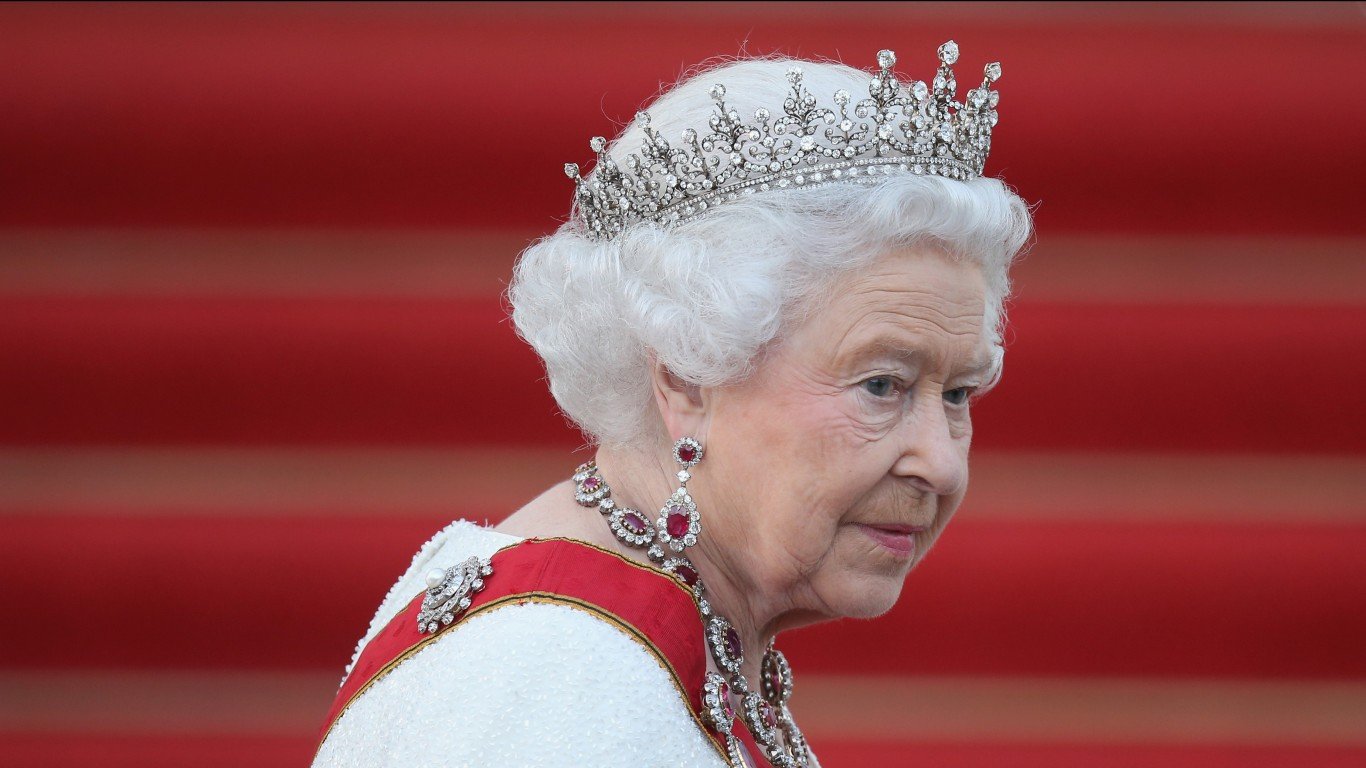 24/7 Wall St.
24/7 Wall St.